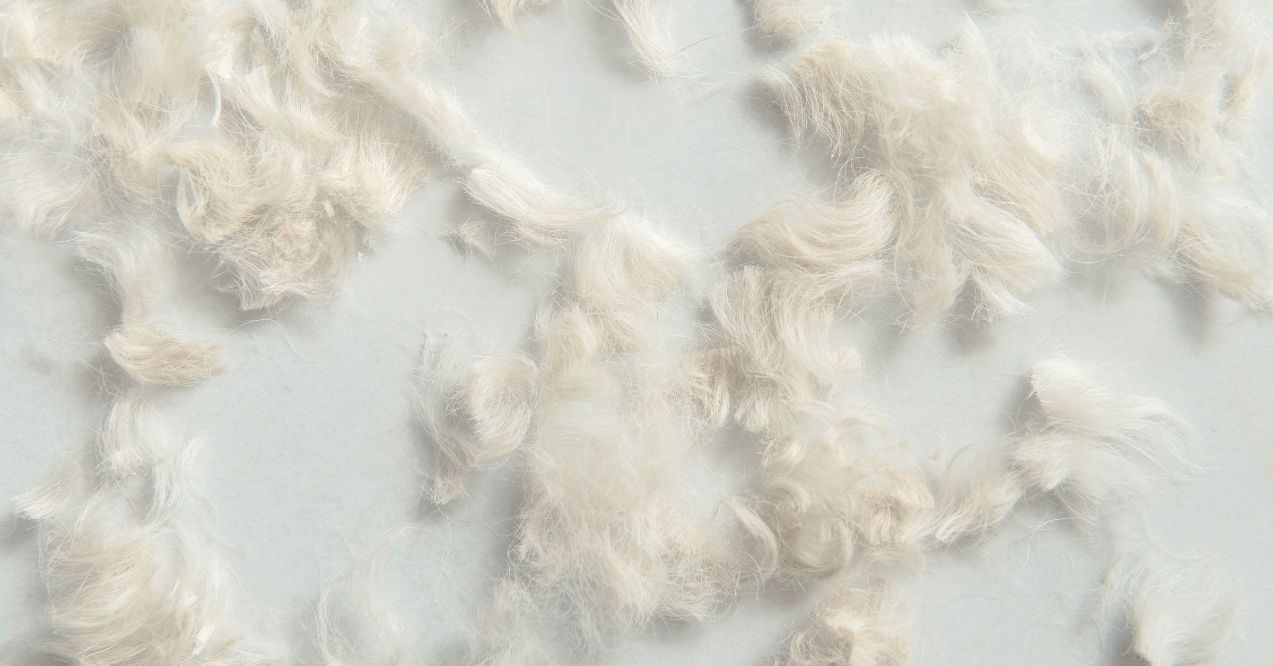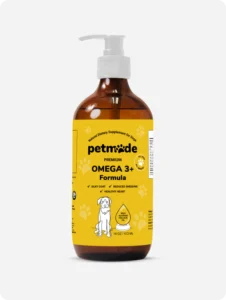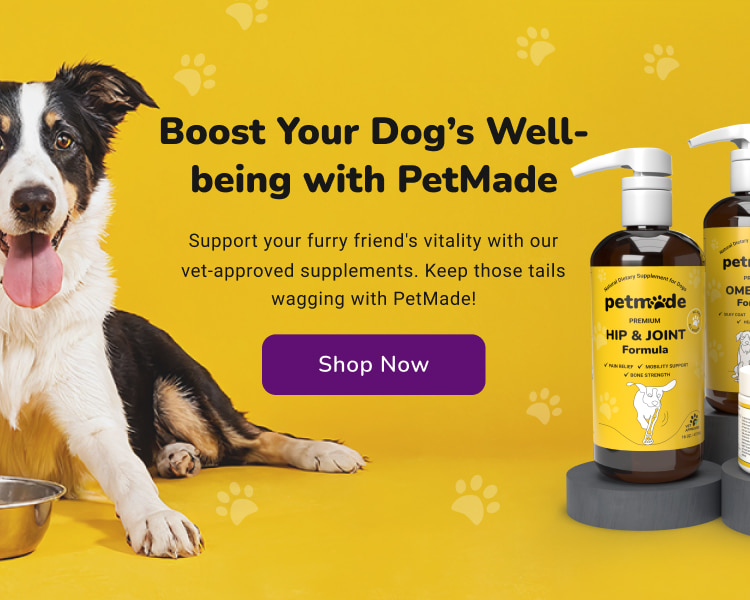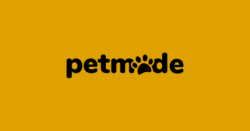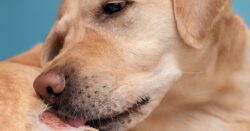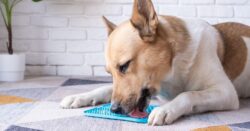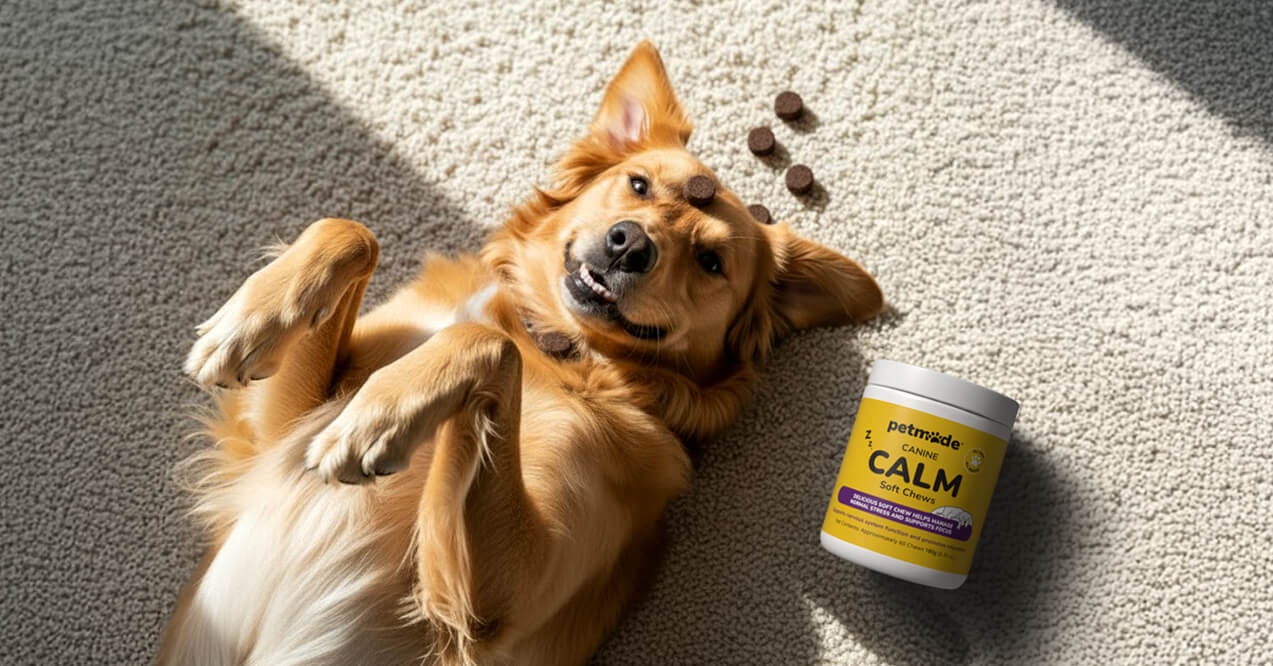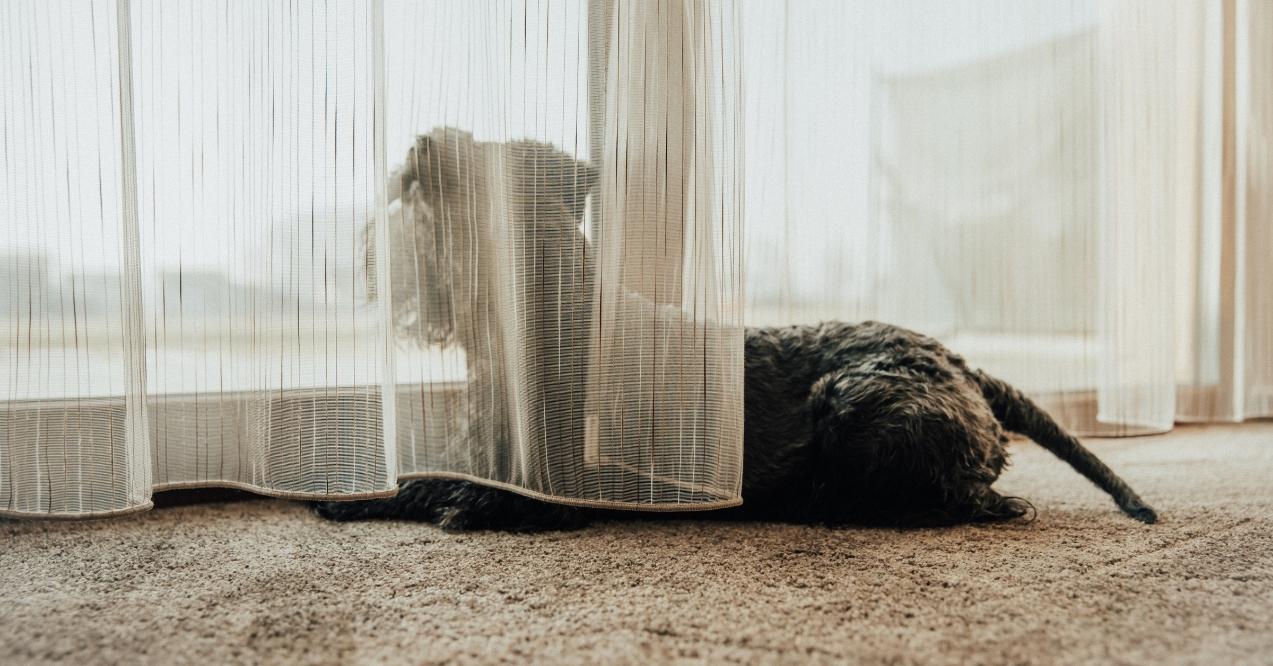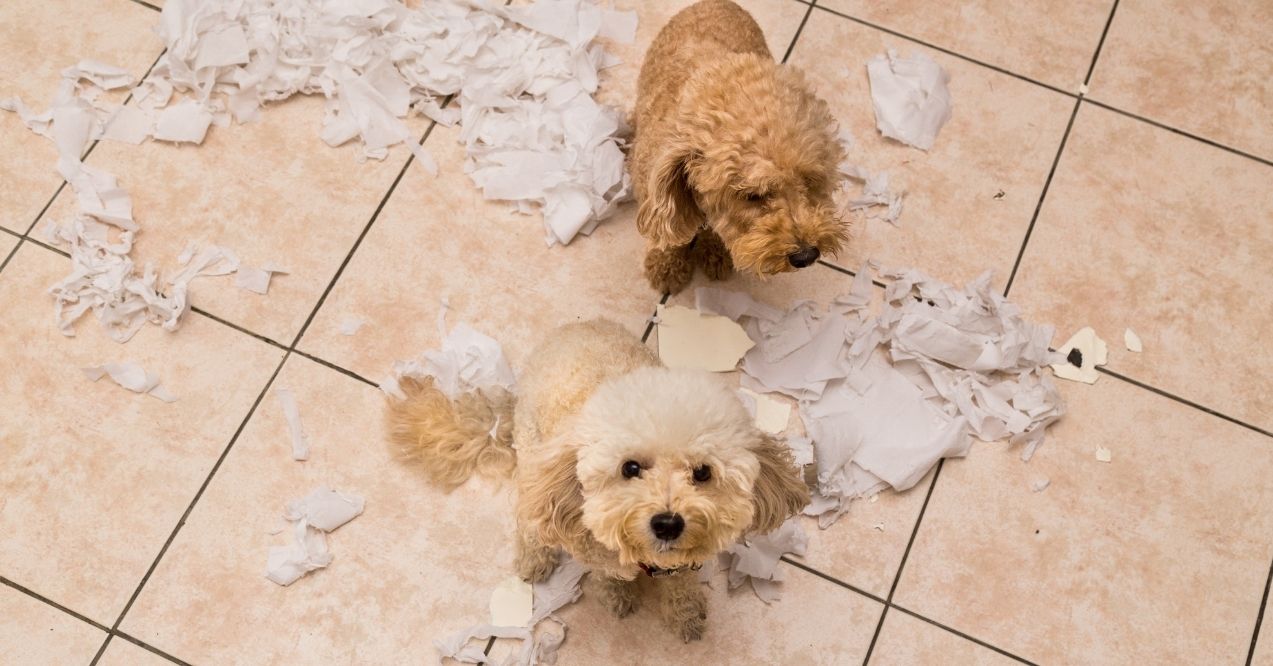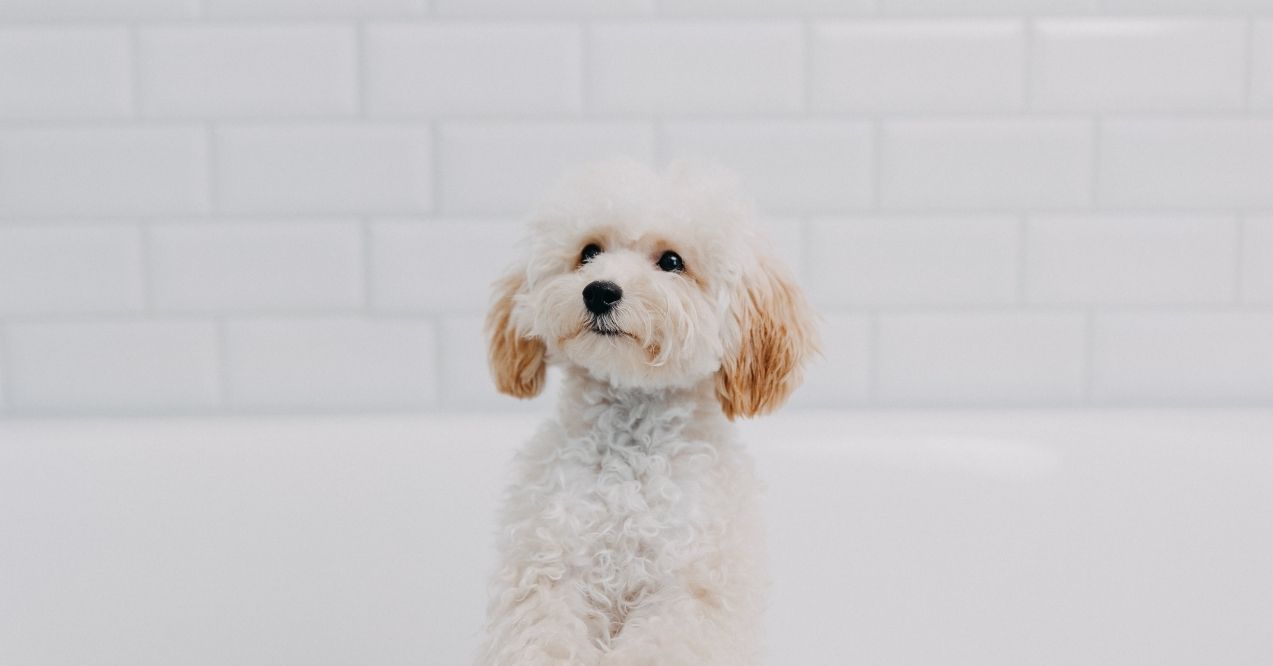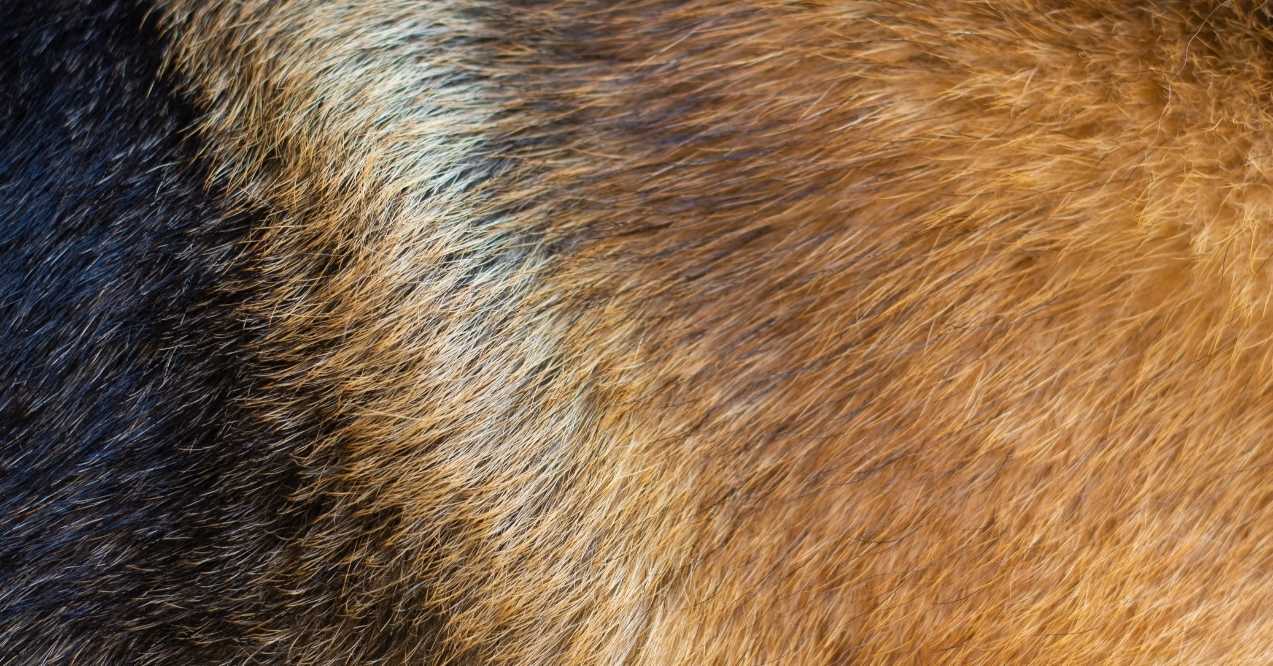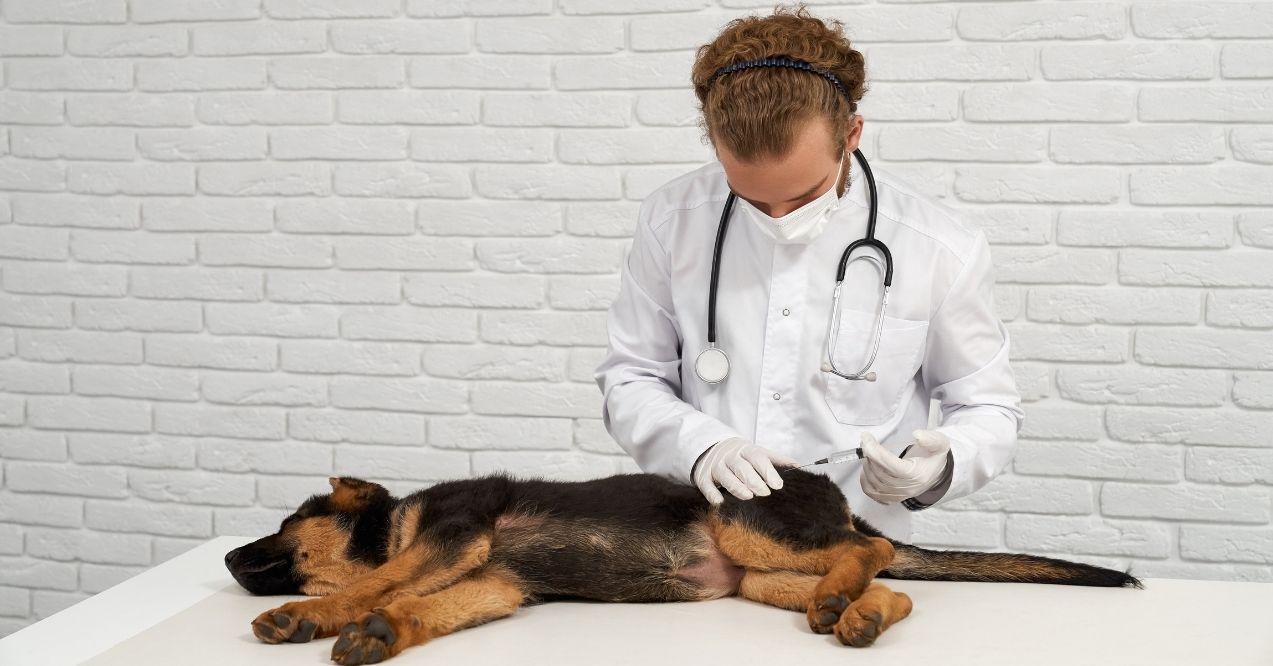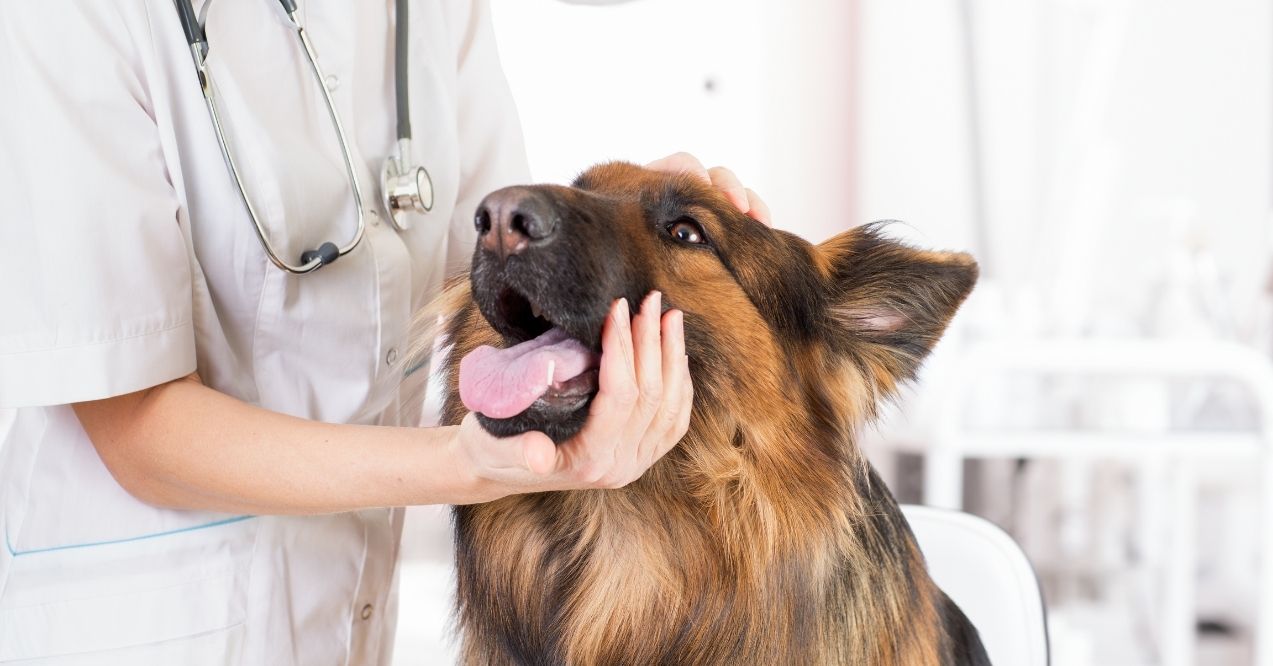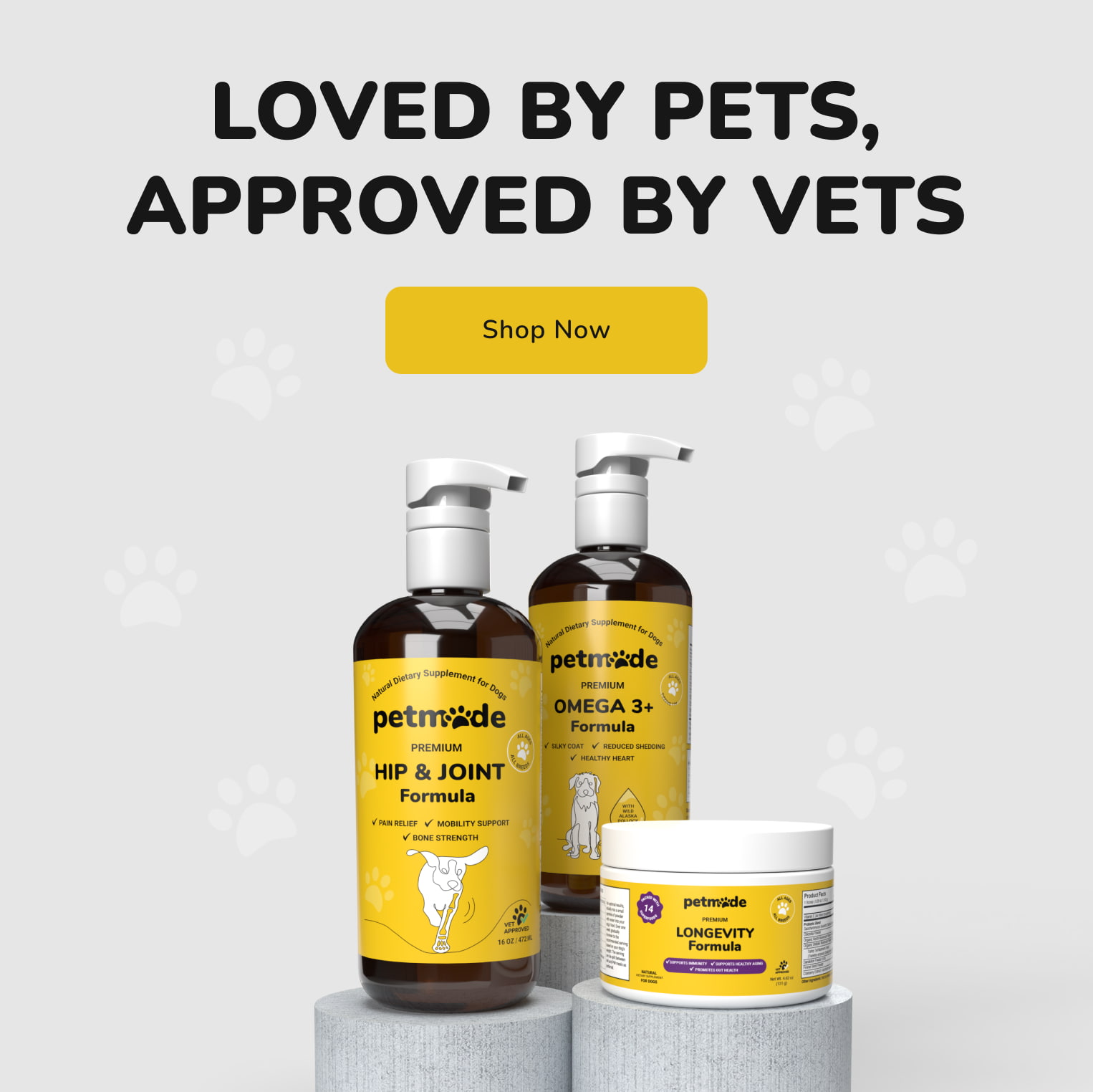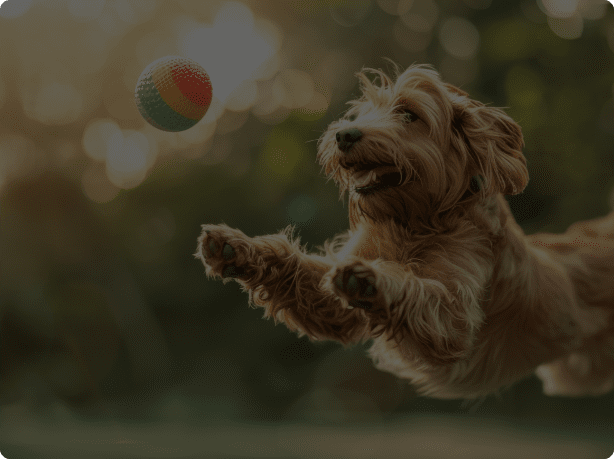Do Poodles Shed?
Many pet owners believe the common myth that Poodles don’t shed at all. While this isn’t entirely accurate, there’s good news for those with allergy concerns. Do poodles shed? Poodles are indeed low-shedding dogs and are often considered hypoallergenic, making them suitable companions for many families with sensitivities.
This blog breaks down Poodle shedding patterns, explores their unique coat types, and provides practical care tips to keep shedding minimal. Understanding your Poodle’s hair growth cycle and grooming needs will help you maintain their beautiful coat while managing any loose hair effectively.
Do Poodles Shed (and How Much)?
So, do poodle dogs shed? Yes, but the amount is remarkably minimal compared to most other breeds. Poodles are classified as low-shedding dogs due to their unique hair structure, which traps loose hair within their curly coat rather than allowing it to fall freely around your home.
Do poodles shed a lot? Unlike heavy-shedding breeds such as Golden Retrievers or German Shepherds that leave hair on furniture and clothing daily, Poodles release very little loose hair. Their shedding pattern remains consistent throughout the year without the dramatic seasonal increases typical of double-coated breeds.
This low-shedding characteristic makes Poodles excellent companions for households seeking cleaner living spaces. The hair they do lose typically stays caught in their dense, curly coat until removed through regular brushing and grooming.
What Causes Shedding in Poodles?
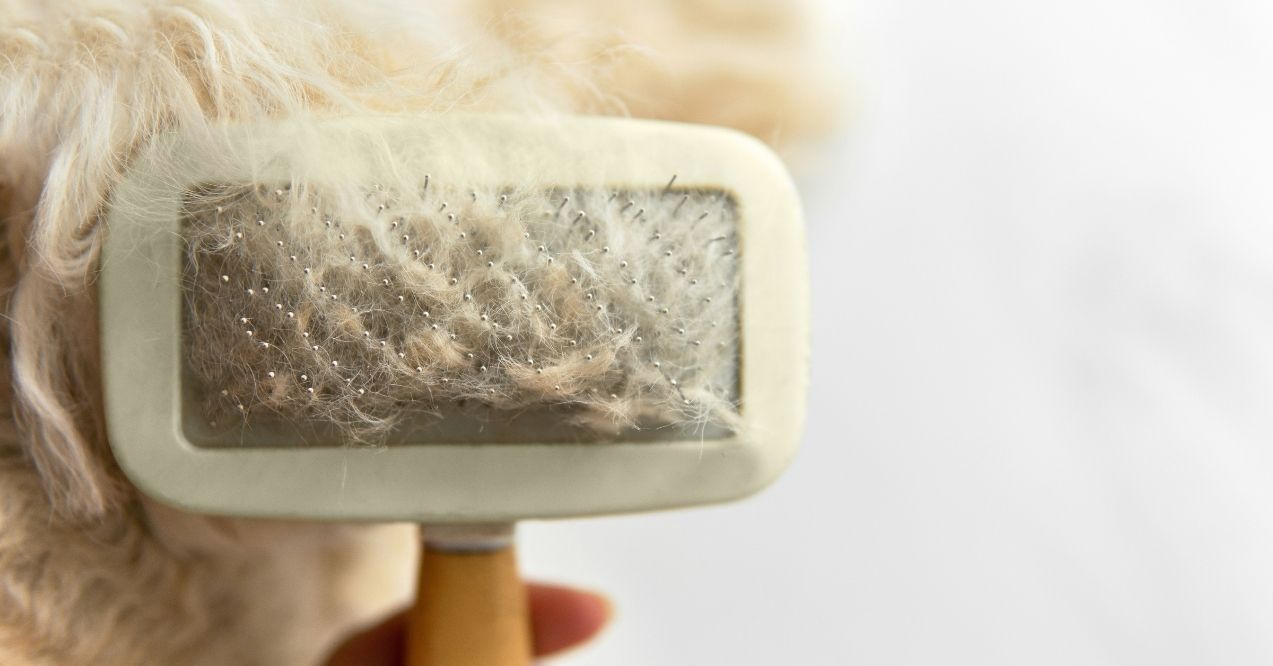
While Poodles naturally shed very little, certain factors can increase hair loss beyond their typical minimal levels. Common causes of increased shedding include:
- Health concerns – Underlying conditions may affect coat quality and natural hair retention
- Chronic stress – Environmental stressors or major life transitions can temporarily increase shedding
- Poor grooming practices – Without regular brushing, matted hair breaks and falls out more readily
- Age-related changes – Older Poodles may experience different shedding patterns
- Inadequate nutrition – Diet quality directly impacts coat health and hair retention
Poodle Hair Type
Poodles possess a distinctive single-layered coat structure that sets them apart from most other dog breeds. This unique hair composition directly impacts their shedding patterns and contributes to their reputation as allergy-friendly companions.
Does a Poodle Have Fur or Hair?
Poodles have hair, not fur, which represents a fundamental difference in coat structure and behavior. Hair grows continuously throughout a dog’s lifetime, reaching considerable lengths when left uncut. Fur, by contrast, grows to a predetermined length before naturally shedding and regenerating in cycles.
Key differences between hair and fur include:
- Growth pattern – Hair continues growing indefinitely, while fur stops at a specific length
- Texture – Hair tends to be finer and softer than coarser fur
- Shedding cycle – Hair sheds gradually and minimally, fur sheds in distinct seasonal patterns
- Maintenance needs – Hair requires regular trimming, fur naturally maintains its length
Why Poodles Shed Less Than Other Dogs
Several factors contribute to minimal poodle shedding compared to other breeds. Their single-coat design eliminates the undercoat responsible for heavy seasonal shedding in breeds like Huskies or Labradors. The continuous hair growth cycle means less frequent natural hair loss throughout the year.
The curly texture of Poodle hair creates a natural trapping system:
- Curl pattern – Tight curls catch loose strands before they fall
- Hair density – Dense coat structure holds shed hair within the coat
- Length retention – Long growth cycles mean hair stays attached longer
- Minimal seasonal variation – Consistent shedding year-round without dramatic increases
The Poodle Hair Growth Cycle
Understanding the hair growth cycle explains why Poodles shed so minimally compared to other breeds. Each hair follicle follows a predictable pattern of growth, transition, and rest phases that determine when and how much hair naturally falls out.
Hair Cycle Phases
Every Poodle hair follicle progresses through three distinct phases that determine shedding patterns. Understanding these phases helps explain why professional grooming timing matters for optimal coat management.
The three phases include:
- Anagen (Growth Phase) – Hair actively grows for 2-6 years, much longer than most breeds
- Catagen (Transition Phase) – Brief 2-3 week period where growth stops and follicle shrinks
- Telogen (Resting/Shedding Phase) – Hair remains dormant for several months before naturally falling out
Poodles benefit from exceptionally long anagen phases compared to breeds with shorter growth cycles. This extended growth period means individual hairs remain attached to follicles for years rather than months. The result is dramatically reduced daily shedding since fewer hairs enter the telogen phase simultaneously.
This cycle explains why regular brushing removes loose telogen-phase hairs before they fall naturally, keeping homes cleaner and reducing signs of unhealthy dog coat like excessive matting or breakage.
How Age Affects Poodle Shedding
Poodle shedding patterns change throughout their lifetime, with distinct differences between puppies, adults, and senior dogs. Recognizing these age-related variations helps owners adjust grooming expectations and routines accordingly.
Puppy Stage (Under 12 months):
- Soft, fluffy puppy coat gradually transitions to denser adult hair
- Increased shedding during coat change period around 6-12 months
- Texture becomes curlier and more substantial over time
Adult Stage (1-7 years):
- Consistent minimal shedding with established growth cycles
- Coat reaches full density and curl pattern
- Regular grooming maintains optimal appearance and health
Senior Stage (8+ years):
- Possible coat thinning or texture changes due to age-related factors
- May require adjusted grooming frequency or techniques
- Monitoring for changes that might indicate the need for dietary or care adjustments
Coat Types and Grooming Needs
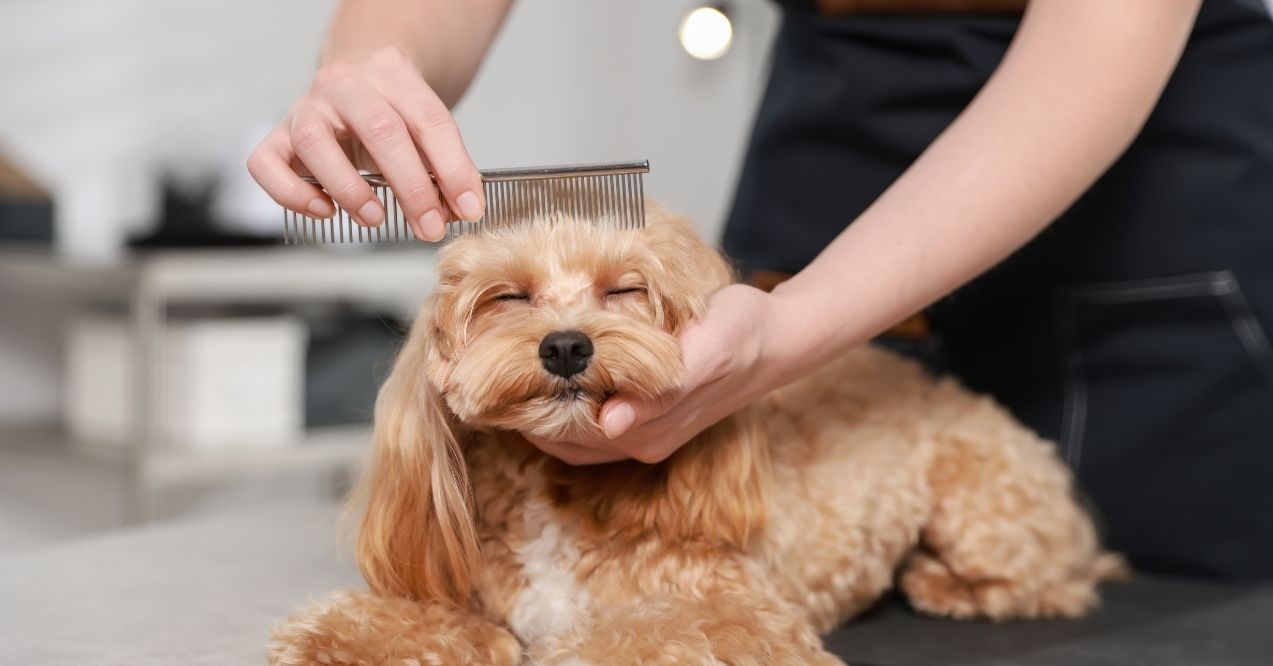
Different Poodle coat types require varying grooming approaches that directly impact shedding management. Understanding your dog’s specific coat characteristics helps establish effective maintenance routines.
Curly vs. Corded Coats
Understanding the differences between curly and corded Poodle coats helps owners choose appropriate maintenance approaches and set realistic grooming expectations.
Comparison overview:
Aspect Curly Coat Corded Coat Grooming Difficulty Moderate – regular brushing needed High – specialized techniques required Shed Control Excellent with proper brushing Superior – virtually no loose hair Matting Risk Moderate if neglected Low once cords establish Maintenance Frequency Every 2-3 days brushing Weekly cord separation Professional Grooming Every 6-8 weeks Specialized cord maintenance
Curly coats offer the classic Poodle appearance with manageable daily care requirements. Regular brushing prevents matting while removing trapped shed hair effectively.
Corded coats create a unique appearance but require dedicated owners willing to learn specialized maintenance techniques. The cording process enhances natural shed control but demands consistent, knowledgeable care to prevent problems.
Mixed-Breed Coats
Poodle mixes like Goldendoodles, Labradoodles, and Bernedoodles may not inherit the purebred Poodle’s low-shedding characteristics. Coat traits depend on which parent breed’s genetics dominate in individual puppies.
Common Mixed-Breed Variations:
- First-generation crosses (F1) – Unpredictable coat traits, may shed more than purebred Poodles
- Goldendoodles – Often retain some shedding from Golden Retriever parent
- Labradoodles – May inherit Labrador’s seasonal shedding patterns
- Higher Poodle percentage crosses – More likely to maintain low-shedding traits
How to Manage Poodle Shedding
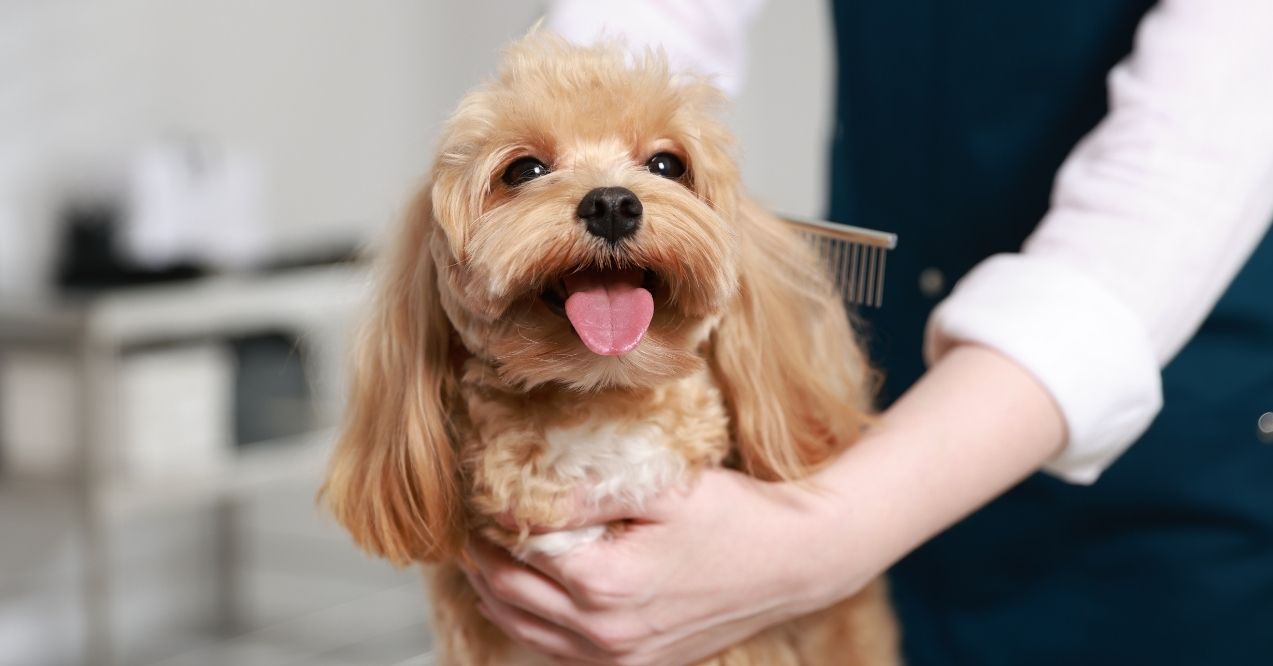
Effective shedding management combines consistent grooming practices with proper nutrition and quality tools. These strategies work together to maintain your Poodle’s naturally low-shedding characteristics.
Brushing
Regular brushing removes loose hair before it falls and prevents matting that can lead to coat damage. Daily brushing during heavy shedding periods and every 2-3 days during normal times keeps coats healthy.
Essential brush types include:
- Slicker brush – Removes surface loose hair and debris
- Pin brush – Penetrates dense areas to prevent deep mats
- Metal comb – Finishing tool that catches remaining loose strands
Bathing
Routine bathing every 4-6 weeks supports coat health and removes accumulated loose hair. Use moisturizing dog shampoos designed for sensitive skin to maintain natural oils. Avoid over-bathing, which can dry skin and potentially increase shedding.
Coat-Boosting Supplements
Omega-3 fatty acids and targeted nutrients support healthy hair growth and reduce excessive shedding. Quality supplements provide essential building blocks for strong, lustrous coats.
Nutrition
Healthy diets directly impact coat quality and natural shedding patterns. Foods rich in high-quality protein, Omega-3 fatty acids, and B vitamins support strong hair growth. Adequate hydration often gets overlooked but plays a crucial role when learning how to make a dogs coat shiny and healthy.
Grooming Tools
Professional-quality tools make shedding management more effective:
- Slicker brush – Daily surface shedding control
- Pin brush – Dense hair area maintenance
- Deshedding tool – Removes trapped loose hair buildup
- Grooming glove – Gentle face and leg area care
Conclusion
Do poodles shed? Yes, but their minimal shedding makes them excellent companions for households seeking cleaner living spaces and potential allergy relief. Their unique hair structure, single-coat design, and extended growth cycles naturally reduce loose hair compared to traditional shedding breeds.
With proper brushing, regular bathing, quality nutrition, and appropriate grooming tools, Poodle owners can effectively manage the small amount of natural shedding. Understanding your Poodle’s coat characteristics and maintenance needs ensures a beautiful, healthy coat while keeping your home comfortable and clean.
Senior Poodles may experience slight coat changes, including possible thinning or texture variations due to age-related factors. However, their shedding typically remains minimal compared to other breeds throughout their lifetime, maintaining their low-shedding characteristics.
Increased shedding may result from stress, poor grooming practices, inadequate nutrition, or underlying health concerns. Environmental changes, age-related factors, or seasonal transitions can also temporarily affect shedding patterns beyond their naturally minimal levels.
Yes, Poodles are often considered hypoallergenic due to their low-shedding hair structure and single-coat design. Their curly hair traps loose strands and produces less dander, making them suitable companions for many families with sensitivities.
Brush your Poodle every 2-3 days to remove loose hair and prevent matting. Professional grooming every 6-8 weeks maintains optimal coat health. Daily brushing during coat transition periods provides the best shedding control.
Advertisement. This site offers health, wellness, fitness and nutritional information and is designed for educational purposes only. You should not rely on this information as a substitute for, nor does it replace, professional medical advice, diagnosis, or treatment. If you have any concerns or questions about your health, you should always consult with a physician or other health-care professional. Do not disregard, avoid or delay obtaining medical or health related advice from your health-care professional because of something you may have read on this site. The use of any information provided on this site is solely at your own risk.
